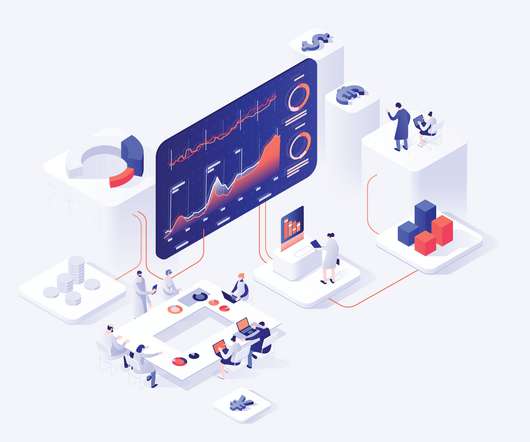Data science vs. machine learning: What’s the difference?
IBM Big Data Hub
JULY 6, 2023
It uses advanced tools to look at raw data, gather a data set, process it, and develop insights to create meaning. Areas making up the data science field include mining, statistics, data analytics, data modeling, machine learning modeling and programming. appeared first on IBM Blog.














Let's personalize your content